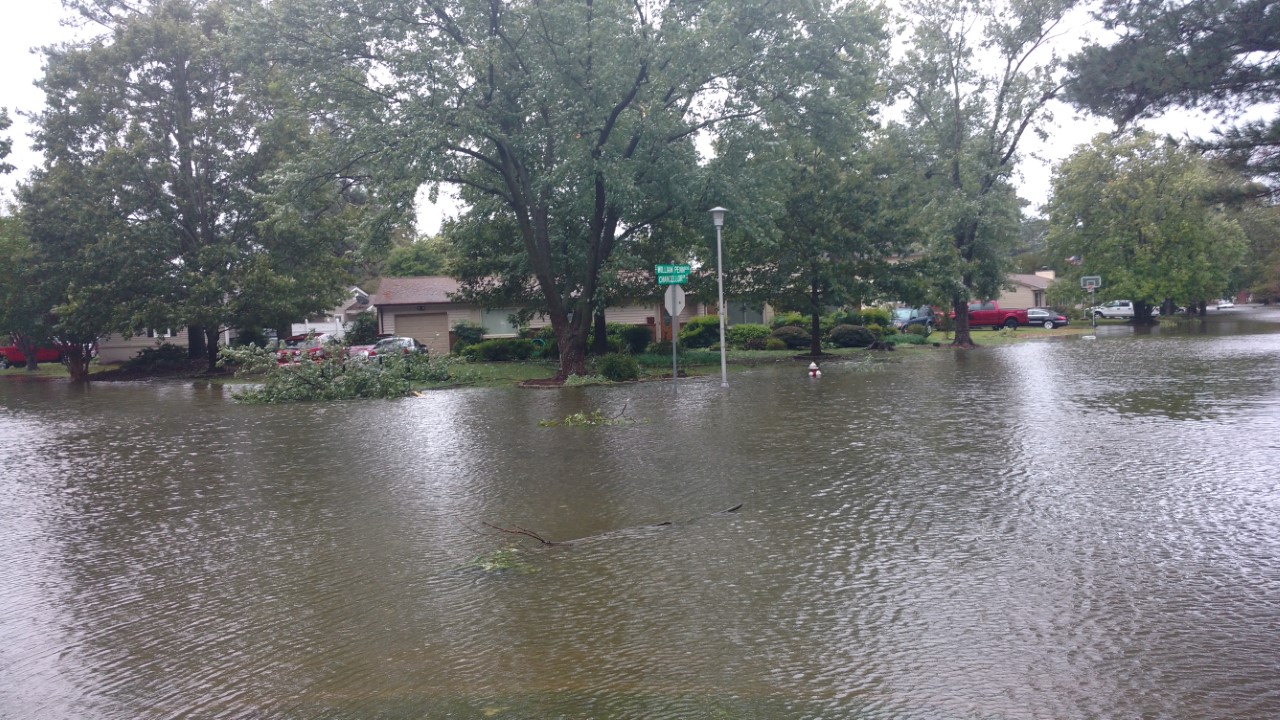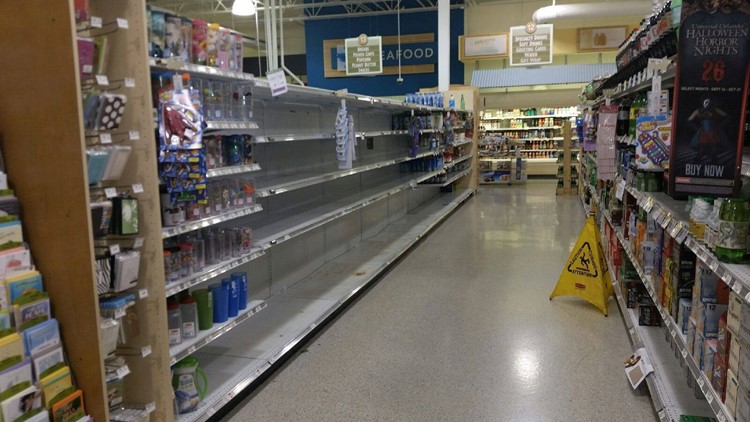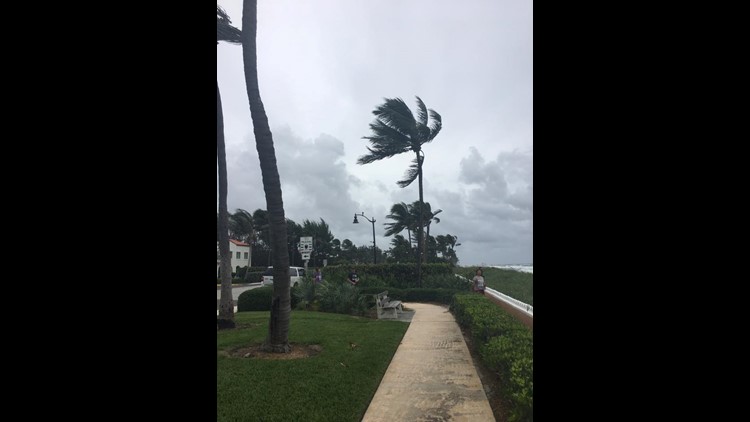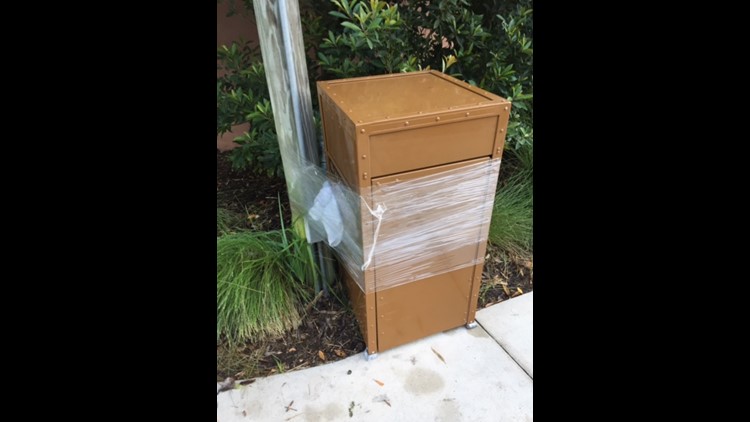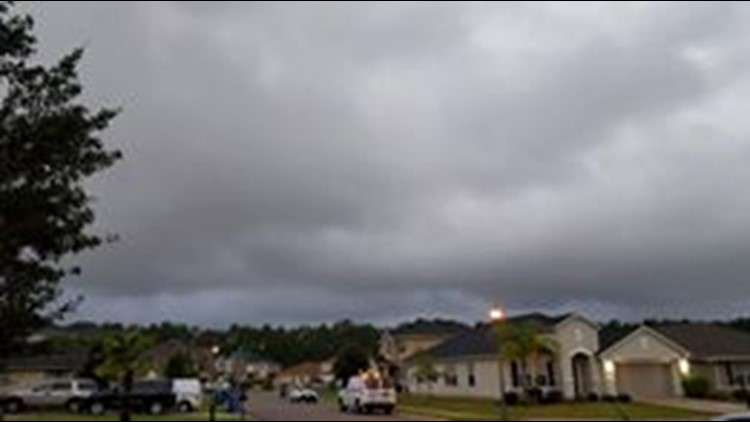Hurricane Matthew unleashed torrential rains and howling winds as it roared up the Southeast coast last week after a ferocious battering of the Caribbean that left hundreds dead in Haiti.
Matthew was the deadliest Atlantic hurricane since Stan in 2005, which killed more than 1,600 in Central America and Mexico.
With damage of at least $6 billion in the U.S., it's the costliest hurricane since Sandy in 2012.
Matthew was the longest-lived Category 4 or 5 hurricane in the eastern Caribbean on record.
Matthew was the first Category 4 hurricane to make landfall in Haiti since Cleo in 1964. It marked the first time on record that a major hurricane has made landfall in Haiti, Cuba and the Bahamas.
Matthew was the first hurricane to make landfall in South Carolina since Gaston in 2004.
It was also the first hurricane to make landfall north of Georgia in October since Hazel in 1954.
Relentless rainfall:
The 14 inches that fell in Fayetteville, N.C., on Saturday was the city's rainiest single day on record. Records began in 1910.
Overall, Matthew dumped 13.6 trillion gallons of water on the U.S., enough to fill the Rose Bowl 163,000 times.
Flooding nightmare:
Several river gauges in North Carolina have set all-time record floods, including:
Lumber River at Lumberton: This gauge hit 24.39 feet on Sunday, exceeding the previous record crest by nearly four feet.
Lower Little River at Manchester: Flooding from Matthew topped the old record set Sept. 19, 1945, by more than two feet.
Tar River in Rocky Mount: As of Monday, this gauge exceeded the old record crest by roughly two-and-a-half feet.
Hurricane Matthew may top Hurricane Floyd as North Carolina’s worst natural disaster.
Sources: Phil Klotzbach, Colorado State University; CoreLogic; Ryan Maue, WeatherBell; National Weather Service; Weather.com

